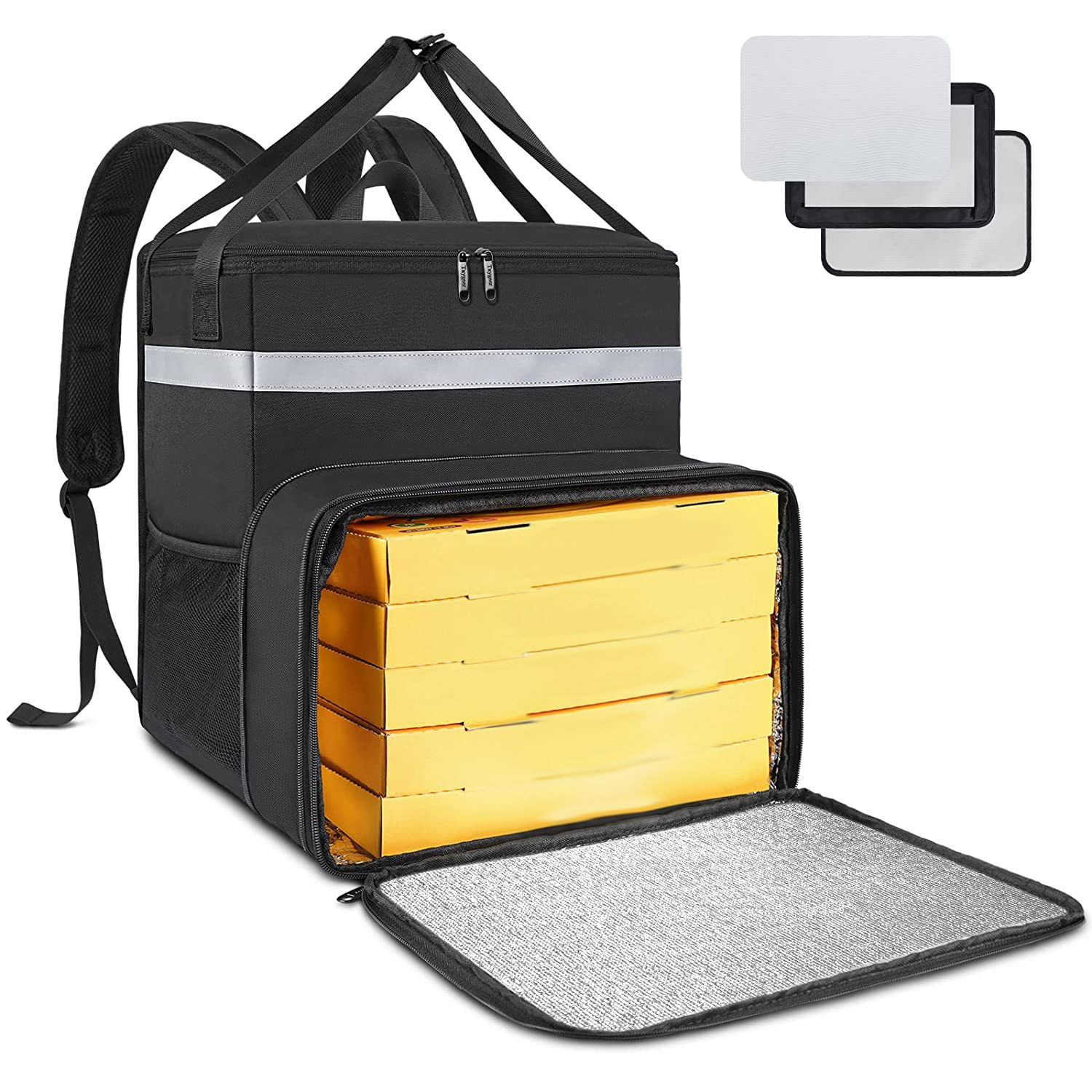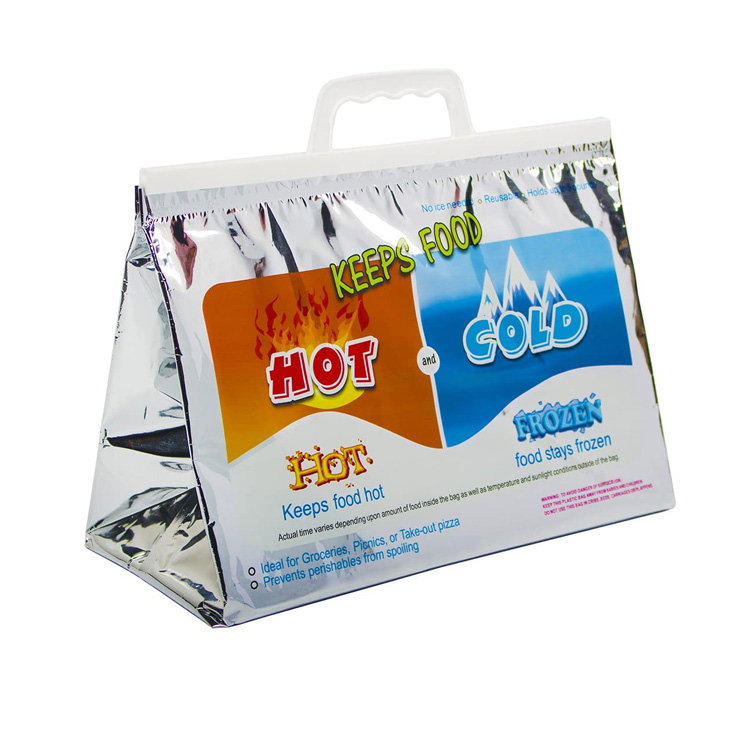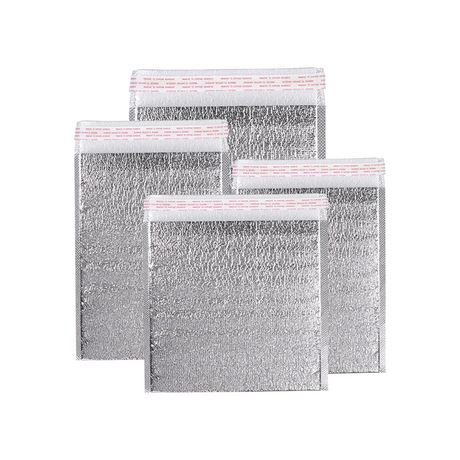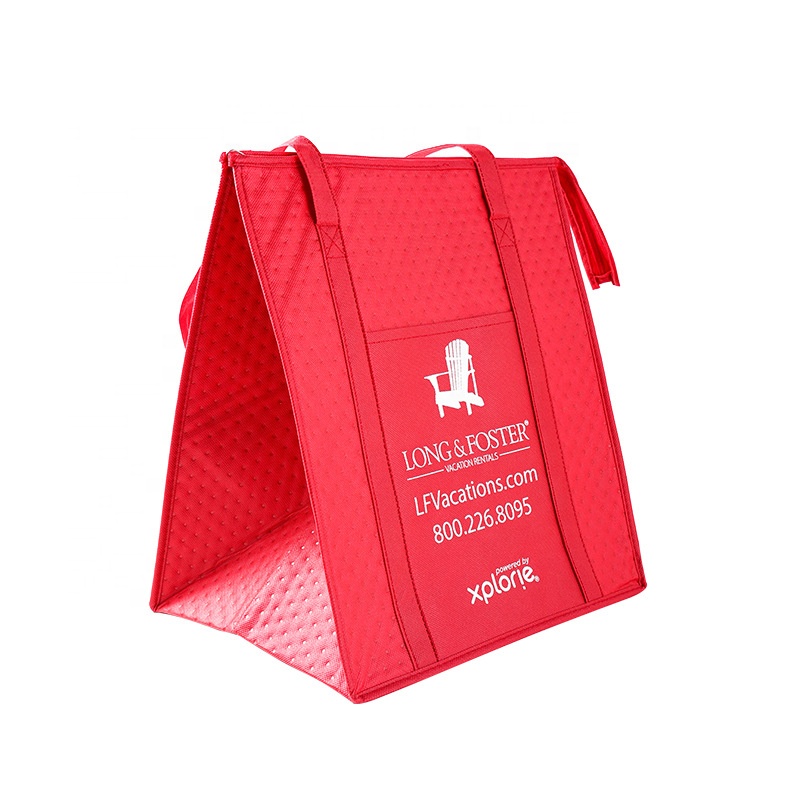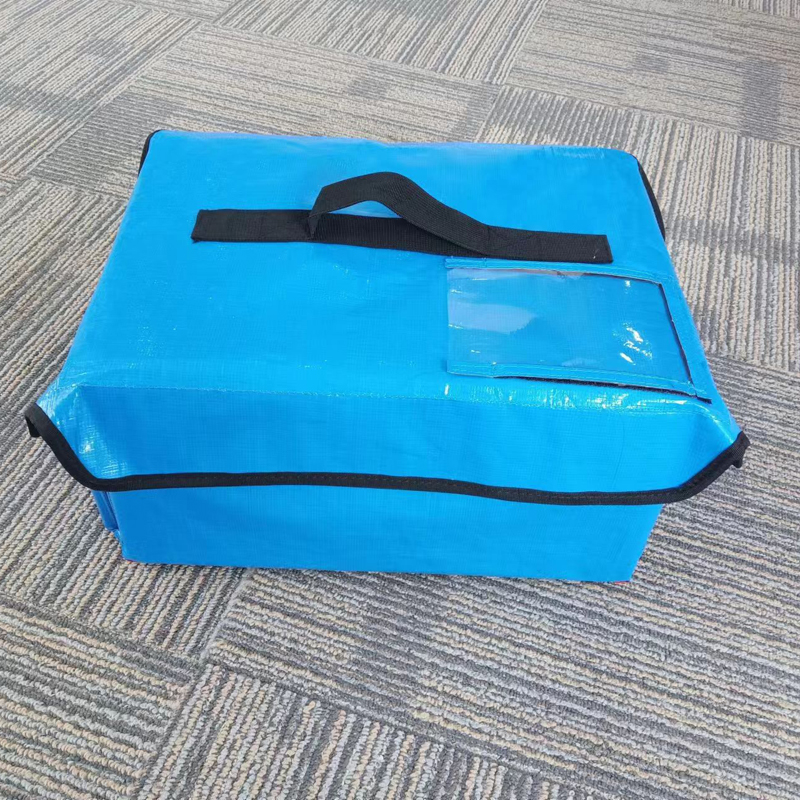While ultra-low temperatures dominate headlines, a silent revolution is occurring in the 2°C to 15°C range—the critical zone for preserving cosmetics, probiotics, premium chocolates, and biologics. Cool chain packaging, distinct from traditional cold chain solutions, combines precision thermal management with sustainability to protect goods that demand moderate temperature control. With 42% of temperature-sensitive products now requiring this “Goldilocks zone,” the $18.9 billion cool chain market is redefining global logistics.
The Science of Moderate Temperature Control
1. Adaptive Insulation Materials
- Bio-PCMs (Phase Change Materials):
- Engineered to melt at 4°C, 8°C, or 12°C (±0.3°C variance)
- Coconut oil-based variants extend cooling duration by 40% vs. paraffin
- Aerogel Hybrids:
- Graphene-enhanced panels reduce thickness by 60% while maintaining 96-hour stability
- Self-Regulating Films:
- Shape-memory polymers adjust insulation density based on external temperatures
Case Study: L’Oréal’s Revitalift serum shipments now use 8°C-tuned PCMs, reducing product degradation claims by 72%.
Sector-Specific Breakthroughs
| Industry | Key Innovation | Temperature Stability |
|---|---|---|
| Cosmetics | Probiotic-friendly 10°C boxes | ±1°C for 7 days |
| Gourmet Foods | Whisky transport at 15°C with humidity control | 95% RH precision |
| Biotech | CRISPR enzyme shippers (4°C) | 0.5°C variance |
| Agriculture | Seed viability preservation (12°C) | 98% germination rate |
Data: 2024 Cool Chain Alliance Report
2. Smart Packaging Ecosystems
- NFC Temperature Loggers:
- Disposable tags with 0.2°C accuracy, readable via smartphone
- Autonomous Adjustment:
- MEMS-based valves releasing CO₂ to counteract heat spikes
- Blockchain Integration:
- Nestlé’s Cailler chocolate line uses Ethereum-based tracking from Swiss Alps to Tokyo boutiques
Green Innovations Driving Change
A. Circular Economy Models
- Returnable Gel Systems:
- Loop Consortium’s stainless steel coolers reused 100+ times
- Algae-Based Coolants:
- Carbon-negative alternatives absorbing CO₂ during production
B. Energy-Efficient Designs
- Solar-Thermal Charging:
- DHL’s new cool chain parcels regenerate cooling power in sunlight
- Phase-Change Textiles:
- Recycled PET fabrics with built-in cooling cells
Navigating Unique Challenges
1. The “Last Meter” Problem
- Luxury retailers like Harrods deploy RFID-enabled cool bags that self-chill during client doorstep handovers
2. Cost vs. Performance Balance
- 3D-printed lattice structures cutting material use by 55% without compromising insulation
3. Regulatory Complexity
- Emerging ISO 23412-2 standards for moderate temperature logistics (2025 implementation)
The Road Ahead: 2025-2030 Predictions
- AI-Powered Dynamic Pricing:
- Systems adjusting coolant levels based on real-time weather/energy costs
- Living Packaging:
- Genetically modified moss providing both cooling and air purification
- 5G-Enabled Precision:
- Millimeter-wave sensors detecting package microclimates every 0.5 seconds
Conclusion: The Warm Side of Cooling
Cool chain packaging isn’t about extreme cold—it’s about intelligent moderation. As consumer demand grows for products requiring nuanced temperature care (think CBD oils, cultured meats, and pH-sensitive skincare), companies mastering this balance will dominate markets. With 68% of logistics professionals now prioritizing moderate-temperature solutions (Gartner 2024), the cool chain revolution is just heating up.







